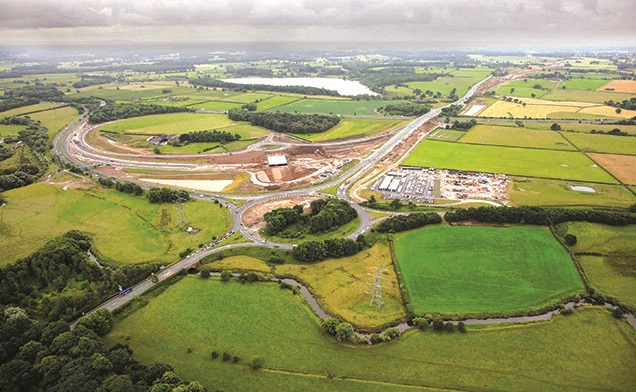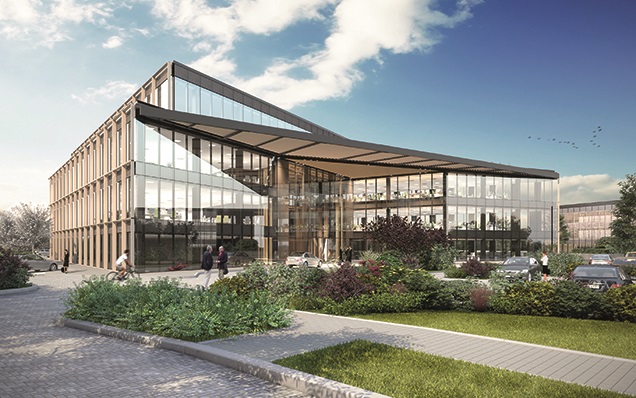Science parks set to boost post-Brexit Britain – Property Week.com
A total of 2m sq ft of science and advanced manufacturing space will be delivered at the Cheshire Gateway
A few short days before she moved into No. 10 last summer, Theresa May set out her vision for the Britain she hoped to lead. The UK, she said, needed a “proper industrial strategy” to stimulate jobs and growth and – in the subtext – keep big business here in the post-EU future.

A total of 2m sq ft of science and advanced manufacturing space will be delivered at the Cheshire Gateway
Three months later, details were emerging. Speaking at the CBI’s annual conference in November, May said that the UK should and would become the “global go-to place for scientists, innovators and tech investors”. Science and research would be supported, she pledged, and new sites, facilities and enterprise zones encouraged.
In real estate circles, the potential that lies in science has long been known, but it wasn’t until recently that investors and developers began to take action and embark on science park projects on a national scale.
Now, from East Anglia to County Durham to the North West, a wave of developments aimed at stimulating the sector is well under way, made more urgent by the impending prospect of Brexit.
So what is driving the new generation of science parks, and why is the private sector showing an interest once again?
Scientific heritage
As the country that produced Robert Stephenson and his rocket, Isaac Newton and his apple, the discovery of penicillin, the mapping of DNA and the creation of the World Wide Web, Britain’s scientific reputation precedes it. It’s no wonder that scientists want to be here, and often in close proximity to the great universities, which continue to attract the bright young scientific minds of the future and the companies hoping to recruit them.

The Schrödinger Building at the Oxford Science Park is due to complete next spring
All of this is good news for British universities, and for the property industry. Throughout the country, high demand for dedicated science space has sparked a renaissance in the sector both commercially and as a viable and resilient real estate asset class.
As Kaleigh Haeg, head of life sciences at Colliers International, says: “The UK has a rich history of being one of the best locations for science research within the global life sciences community.
“Also, the science industry has established itself as a profitable market that continues to grow, attracting long-term investors whose focus is on access to the science and less on concern about the short-term uncertainty. Science has established itself as a profitable market that continues to grow”
This was true before the EU referendum last summer, but the vote to leave has been a major catalyst for renewed growth. In the Autumn Statement that followed, chancellor Philip Hammond announced a further £2bn of funding to boost scientific research and development (R&D). And, in a green paper outlining the new government’s post-Brexit industrial strategy, “investing in science, research and innovation” was number one on the government’s ‘10 pillars’ of industrial policy list.
Politically, science and research is back on the agenda, but you don’t need to have a long memory to know that the real estate industry has been here before. Indeed, Carl Potter, national head of offices at Bilfinger GVA, says that demand for science facilities is always there – what’s changed with the economic cycles is how much interest the private sector has shown.
Big business
“In the mid-noughties property asset bubble, the drive for increased yields led to an increase in private sector ownership and a small number of funds and propcos built up portfolio ownerships to take advantage of the higher yields that science parks offer as a consequence of their risk profile,” he elaborates.
“As the current commercial market has again pushed towards a low return model and the occupational demand for the type of property and occupational solutions offered by science parks has proven to be consistently strong, there is again a growing interest in the science park market from the private sector.”
19 April 2017 |